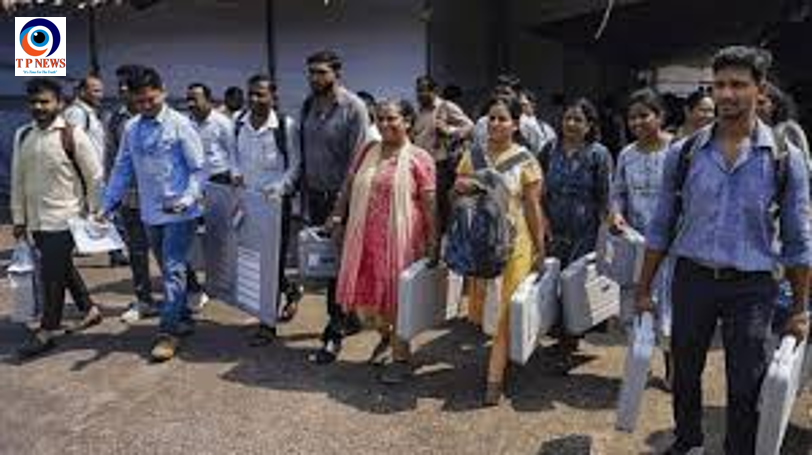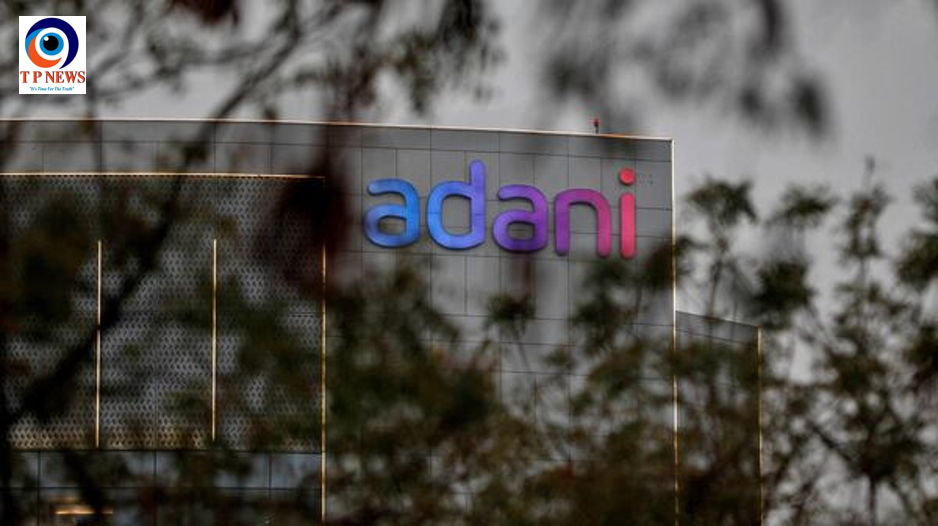Lucknow, Uttar Pradesh – A voter turnout of 12.89% was recorded by 9 AM in Uttar Pradesh as polling commenced for the fifth phase of the Lok Sabha elections, covering 14 constituencies. The voting process, which began at 7 AM, will continue until 6 PM.
Constituency Turnouts
The Election Commission reported varying voter turnouts across the constituencies by 9 AM:
- Amethi: 13.45%
- Banda: 14.57%
- Barabanki: 12.73%
- Faizabad: 14%
- Fatehpur: 14.28%
- Gonda: 9.55%
- Hamirpur: 13.61%
- Jalaun: 12.80%
- Kaisarganj: 13.04%
- Kaushambi: 10.49%
- Lucknow: 10.39%
- Mohanlalganj: 13.86%
- Rae Bareli: 13.60%
In the Lucknow East assembly bypoll, the voter turnout stood at 10.88% by 9 AM.
High-Profile Contenders
Among the notable candidates in this phase are Defence Minister Rajnath Singh, Women and Child Development Minister Smriti Irani, Minister of State for Housing and Urban Affairs Kaushal Kishor, Minister of State for Consumer Affairs Sadhvi Niranjan Jyoti, and Minister of State for MSME Bhanu Pratap Singh Verma. Congress leader Rahul Gandhi is contesting from Rae Bareli, a constituency previously represented by his mother and former party president Sonia Gandhi.
Voter Demographics and Candidates
Over 2.71 crore voters are eligible to participate in this phase, with 144 candidates contesting across the 14 constituencies. The Bharatiya Janata Party (BJP) has fielded 11 of its sitting MPs, with new candidates in Barabanki and Kaisarganj.
From the INDIA bloc, the Congress has nominated K L Sharma in Amethi, Tanuj Punia in Barabanki, and Pradeep Jain ‘Aditya’ in Jhansi. The Samajwadi Party (SP) candidates are contesting in the remaining seats.
Key Contests
- Lucknow: Defence Minister Rajnath Singh is aiming for a fourth term, facing SP’s Ravidas Mehrotra.
- Amethi: Union Minister Smriti Irani is contesting against Congress’s K L Sharma.
- Kaisarganj: BJP’s Karan Bhushan Singh is up against SP’s Bhagat Ram.
- Faizabad: BJP’s Lallu Singh, seeking a third term, is pitted against SP’s Awadhesh Prasad.
- Hamirpur: BJP’s Kunwar Pushpendra Singh Chandel is contesting for a third term against SP’s Ajendra Singh Lodhi.
- Gonda: BJP’s Kirti Vardhan Singh is eyeing a fifth term, facing SP’s Shreya Verma.
- Banda: R K Singh Patel (BJP) is seeking a third term against Krishna Devi Shivshankar Patel (SP).
- Kaushambi: BJP’s Vinod Kumar Sonkar is aiming for a hat-trick of wins against SP’s Pushpendra Saroj.
- Jalaun: Bhanu Pratap Singh Verma (BJP) is contesting for a sixth term against SP’s Narayan Das Ahirwar.
Polling Context
The fifth phase of polling is crucial as it encompasses several key constituencies with high-profile candidates. The results from these regions will be pivotal in determining the overall outcome of the Lok Sabha elections. With a significant voter turnout in the early hours, the enthusiasm among the electorate is evident.
Conclusion
As polling continues throughout the day, the focus remains on ensuring a smooth and fair voting process. The stakes are high for all parties involved, with prominent leaders and new contenders vying for the electorate’s support. The outcomes of these contests will shape the political landscape of Uttar Pradesh and, by extension, the nation.
Stay tuned for further updates as the day progresses and more detailed turnout figures and polling outcomes become available.














